Lost Gold Mines
Rodalquilar (Cabo de Gata Natural Park)
It seems strange to associate lost gold mines and gold mining with the small but environmentally rich province of Almeria, here in our south eastern corner of Spain.

Most would only ever associate the province with agriculture and the export of fresh vegetables and fruits to countries throughout Europe and other parts of the world, but yes, gold mining was prevalent in this area if only for a short time, i.e on and off for about one hundred years.
And where did this take place? It took place right under our noses in Rodalquilar a small village area located within the Cabo de Gata National Park. We all know that Cabo de Gata as a real gem of nature within our wonderful Almeria province but little did people know that it truly can be called a ‘little gem’ with such history linked to the gold trade.
Whilst no specific date has been determined for the opening of the mines, 1864 is the first defined reference of documented activity and the mines they were regularly worked until 1966 and then again between 1989 and 1990 (its final closure), using different technological methods for ore extraction and of course transportation, as technology itself advanced in line with time. During 1956 it was recognised as one of the largest gold mines in Western Europe.
Movie Set Filming Location
While the surroundings and mining tunnels attracted directors like Sergio Leone for his movie Duck You Sucker in 1972 as well as Steven Spielberg looking for unique landsacpes to use in Indiana Jones and the Last Crusade in 1989, or Tonino Valeri for A Reason to Live, A Reason to Die in 1972 among many others, the old Denver Plant was also transformed for many movies:
In 1986 the site was converted into a science fiction orphanage for the movie Solarbabies directed by Alan Johnson.

The Production Designer Andrew Mc Alpine has done a marvelous job in transforming the old Goldmine into a medieval castle for the movie: The Reckoning, directed by Paul McGuigan in 2003, artificial snow included!
 |
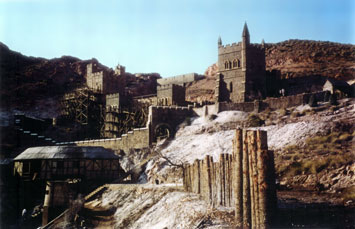 |
Go to Top of Lost Gold Mines Rodalquilar
The History of the lost Gold mines of Rodalquilar
The earliest historical references to the mines list the 19th Century (1864), but the more well-documented references refer to the activity of the 20th Century. Early records make reference to the mines of “Las Niñas”, “Ronda y el Resto” “Consulta” and much later the mine "Maria Josefa" would be discoverd, where some 2,500 tonnes of ore were mined around the area of the cortijo “El Estanquillo” which is now Rodalquilar village itself. That 2,500 tonnes of ore, produced between 12 and 25 grams of gold per tonne. As World War 1 approached however, production tailed off for a while.
Old gold melting oven:
During the life of the mines they have seen numerous ownerships and different mining companies try to exploit the ore and develop bigger and grander mines, techniques and production processes. In 1930 new technology and new drilling equipment plus a fresh ownership saw production increase to 5,000 tonnes of ore, and it continued to grow from there to 20,000 tonnes. Explosives were the main method of extracting the ore together with compressed air driven drills. These new methods were instrumental in improving output considerably, but there was a downside to the process, and this involved the health of the miners. Mine workers found that silicosis reached new levels as the silicon dust produced from the silicon in the galleries increased in line with the new technology.
The 1930’s also saw the introduction of electricity usage in the mines and this had positive results in the production output, and the days of hammers and drills used in the pre-1930’s had fast become a thing of the past. 1943 and a new mine operator saw the introduction of further technological improvements in ore extraction through the use of water into the compressed air drills. This new introduction of water into the compressed air drills was highly instrumental in significantly reducing silicosis, to the delight of the mine workers and their families.
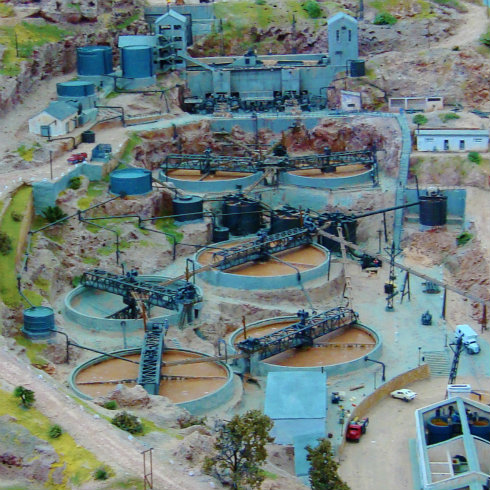
Go to Top of Lost Gold Mines Rodalquilar
It was during this time that Open cast Mining was introduced thereby increasing output considerably. Each blast counted for about 5,000 tonnes of output of ore in comparison with the previous best of 2,500 tonnes per year. This was a significant stride forward.
As technology improved so did production output and of course this ore had to be processed in foundries to extract the gold. In the early years pack donkeys and other animals were used to move the ore from within the mines and boats used to transport it to foundries located further up the coast at Puerto de Mazarrón and Cartagena, but in latter days the transport took the form of heavy weight lorries with tipper trucks and large-scale wheels, capable of handling 25 tonnes of ore at a time.
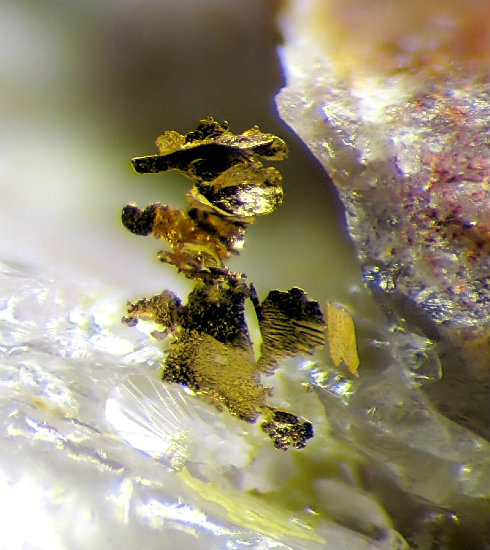
Gold at Maria Josefa Mine, Rodalquilar, Níjar, Almería, Andalusia, Spain Picture width 1 mm. Collection and photograph by: Christian Rewitzer
Between 1945 and 1956, the Spanish state had taken control of the gold mines, and were the only one’s setting the price for the gold in a closed market. By then the mine was called "The Denver Plant", due to the new machinery delivered by a North American Company called "Denver". Badly managed operations and dubious legal activities saw the mines become unprofitable. Whilst still in State hands during the period 1956 to 1966 there was large investment and production had increased to 200,000 tonnes of ore. This was too much for the mine to sustain forcing it to close. At the height of production some 280kg of gold per annum was extracted.
Go to Top of Lost Gold Mines Rodalquilar
A new attempt was made in 1989 to extract gold with the opening of a new mine, again at the rate of 200,000 tonnes per annum but the monetary implications had changed with regard to the control of gold prices worldwide with a change in legislation in the 1970’s and success of the mine was determined more by the fluctuations in price within the global gold market.
Rodalquilar’s output was now small in comparison with other newer competitors in other parts of the world, e.g. Yanacocha mine in Peru was extracting 350,000 tonnes per day, and thus this type of vast production in comparison with that at Cabo de Gata once again rendered the Rodalquilar mines unprofitable. In 1990 the Rodalquilar mines closed completely and it is thought unlikely that they will ever re-open.
At its peak in the 1950’s to 1960’s, the gold mining town of Rodalquilar was home to approximately 1400 people. With the closure of the mines in 1966 the population fell dramatically, to less than 100 people, who live there today.
Go to Top of Lost Gold Mines Rodalquilar
Rodalquilar - The village

Today, Rodalquilar has become a tourist site as part of the historic Cabo de Gata National Park, one of the most fascinating areas within Almeria Province.
The spectacular ruins of the mines still remain alongside a Museum (Casa Volcano) and Botanical Gardens. Abandoned homes of the mine workers form a ghost town on the edge of the village, and the village itself has been transformed to cater for the passing tourists. No journey to the Cabo de Gata is truly complete until you have experienced the history of the lost Gold Mines of Rodalquilar, walked on the soil that was so prevalent in the extraction of gold and at one time was an important contribution to the Province of Almeria’s economy and heritage.
Once you've finished your visit to Rodalquilar, you have two more interesting choices: Either follow the dirt road (by car or hiking) from the very top of the Gold Mine towards Albaricoque, where you will soon arrive at Cortijo del Fraile - another movie filming location and real life set of Federico García Lorca's "Blood Wedding". But maybe you rather prefer to drive to the nearby beach "El Playazo" - A beach lovers' paradise!
Getting Here
View Map of Almeria (Spain) in a larger map
Go to Top of Lost Gold Mines Rodalquilar

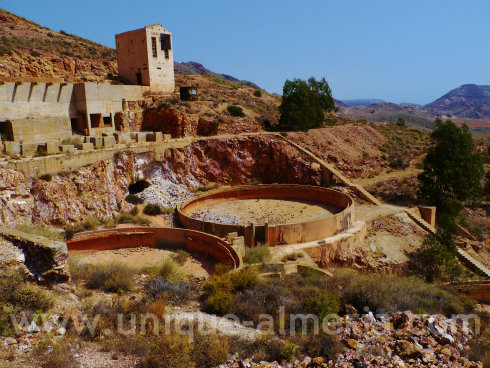
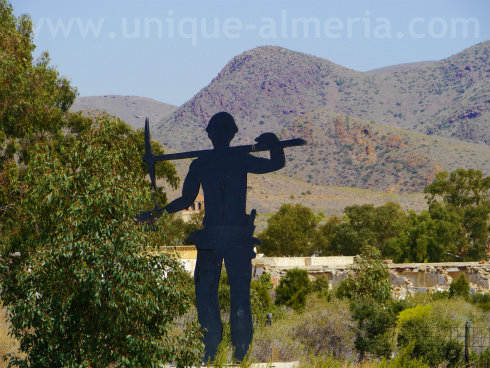
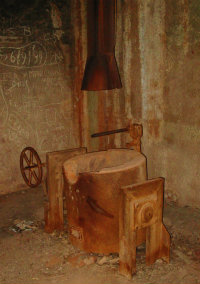
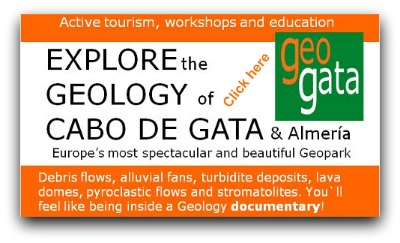

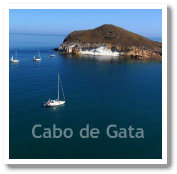
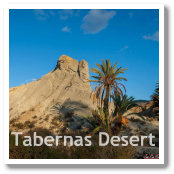

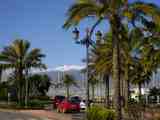
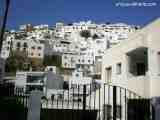
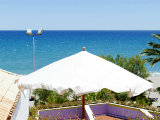









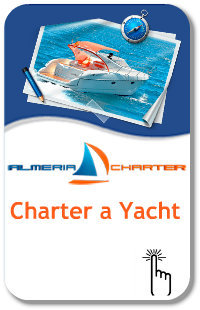

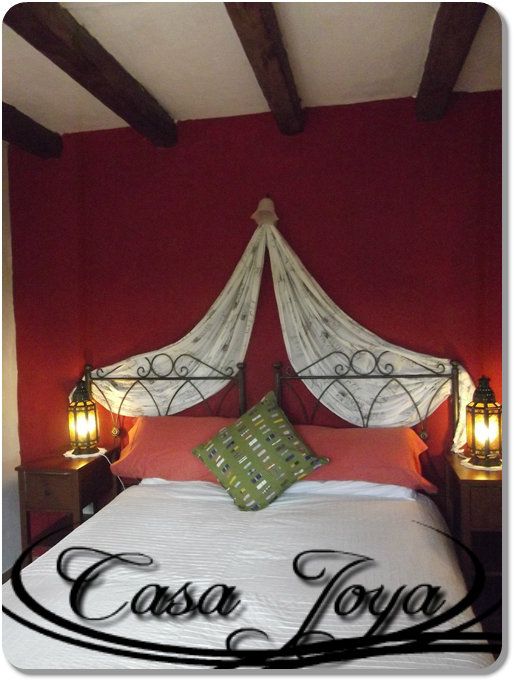
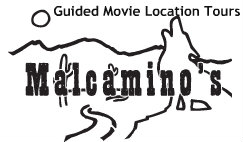
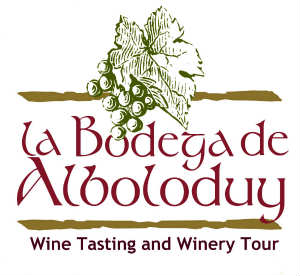
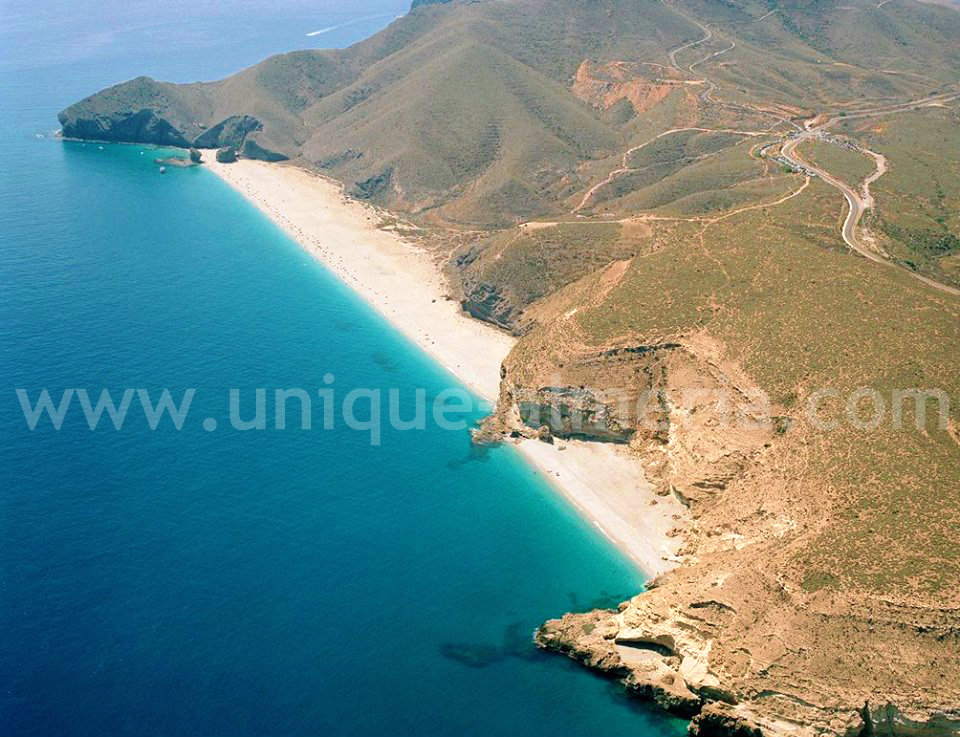





New! Comments
Have your say about what you just read! Leave me a comment in the box below.